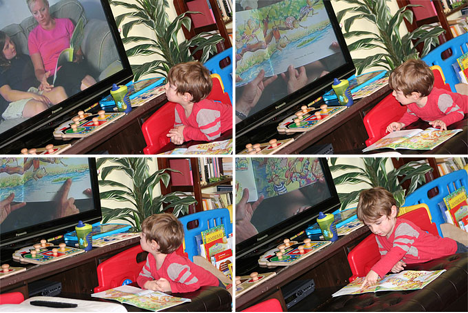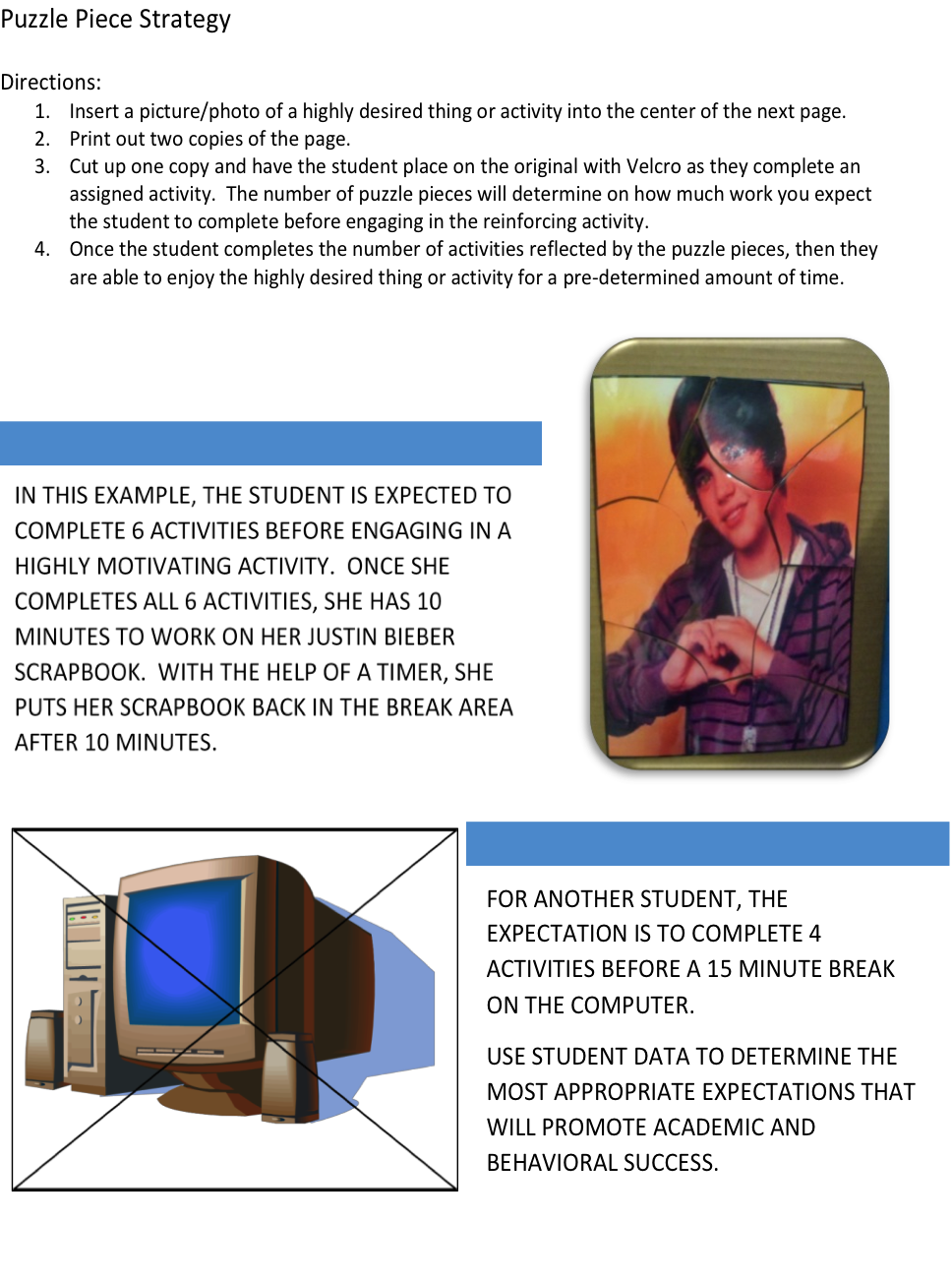How to Implement Antiseptic Bouncing to Prevent Escalation
We have been exploring the development and implementation of a feelings chart to help students apply coping skills when problems arise. A related strategy that accomplishes the same goal is called “Antiseptic Bouncing”.
The difference is that the adult recognizes that the individual with Asperger’s is beginning to have a problem, and rather than draw any attention to those brewing feelings, the adult decides to intervene more discretely.
The Education (K-12) Blogs and Special Ed Q & A are written and maintained weekly by Lisa Rogers with Educating Diverse Learners. Lisa received her M.A. in Special Education with an endorsement in the area of individuals with severe disabilities. Mrs. Rogers has also created products that have been used throughout the state of Texas for training purposes. Through the Association for Texas Professional Educators [ATPE], Ms. Rogers has produced an online course that targets the importance of visual strategies for student with autism spectrum disorders and just released her highly anticipated book titled: Visual Supports for Visual Thinkers.













